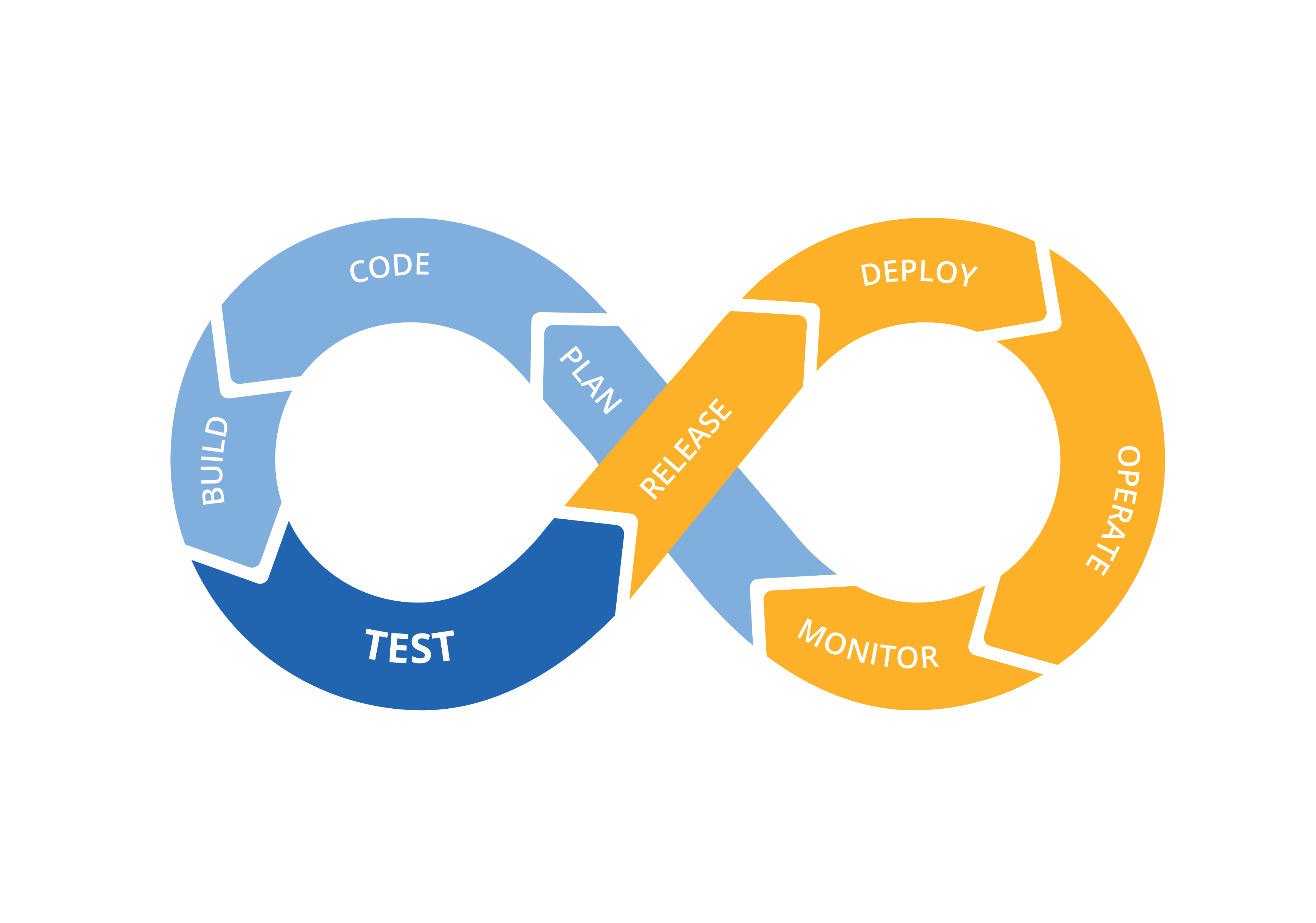A Journey into DevSecOps
DevOps, the practice of combining development and operations teams to streamline software delivery, has revolutionized the way organizations develop, test, and deploy applications. However, in a world where cybersecurity threats are ever-present, simply focusing on speed and efficiency is not enough. Enter DevSecOps, a cultural and technical shift that integrates security into every phase of the DevOps pipeline. In this article, we'll embark on a 500-word journey into the realm of DevSecOps, exploring its principles, benefits, and essential practices.
Understanding DevSecOps
DevSecOps is an extension of DevOps that emphasizes security from the outset. It's not about bolting security onto the end of the development process but rather integrating it seamlessly throughout the entire software development lifecycle (SDLC). By doing so, organizations can identify and address security vulnerabilities early, reducing the risk of costly breaches and ensuring compliance with regulations.
Principles of DevSecOps
-
Shift-Left Security: The shift-left principle involves moving security practices and testing as early as possible in the SDLC. By addressing security issues in the development phase, organizations can fix vulnerabilities before they become more expensive to resolve.
-
Automation: Automation is at the core of DevSecOps. Security tests, scans, and compliance checks should be automated to provide rapid feedback to development teams. Automated security checks can catch issues consistently and quickly.
-
Continuous Monitoring: DevSecOps promotes continuous monitoring of applications and infrastructure. Real-time monitoring helps detect and respond to security threats promptly, reducing the potential impact of attacks.
-
Collaboration: Collaboration is a fundamental principle of DevSecOps. Security teams, development teams, and operations teams must work closely together to ensure that security is a shared responsibility.
Benefits of DevSecOps
-
Early Vulnerability Detection: By integrating security early in the SDLC, organizations can identify vulnerabilities at the source and fix them before they reach production, reducing the risk of breaches.
-
Faster Remediation: When security is automated and integrated into the development process, vulnerabilities can be remediated more quickly, reducing the time window for potential attacks.
-
Improved Compliance: DevSecOps practices help organizations maintain compliance with industry standards and regulations by continuously monitoring for compliance violations.
-
Enhanced Trust: Building security into your software development process enhances customer trust. Customers and partners are more likely to trust your products and services when they know security is a priority.
-
Cost Savings: Addressing security issues early in the SDLC is more cost-effective than dealing with breaches and their aftermath. DevSecOps helps organizations save money by preventing security incidents.
Essential Practices for DevSecOps
-
Code Analysis: Use static code analysis tools to scan code for vulnerabilities and coding errors.
-
Automated Testing: Implement automated security testing, including dynamic application security testing (DAST) and static application security testing (SAST).
-
Container Security: Secure containers by scanning container images for vulnerabilities and implementing access controls.
-
Continuous Integration/Continuous Deployment (CI/CD): Automate security checks within your CI/CD pipeline to ensure that security is part of the deployment process.
-
Secrets Management: Securely manage and store secrets and credentials used in the application, ensuring they are not exposed.
-
Patch Management: Keep software and libraries up to date with the latest security patches to address known vulnerabilities.
-
Incident Response: Develop and regularly update an incident response plan to handle security incidents efficiently.
-
Security Training: Provide security training and awareness programs for development and operations teams to ensure they understand their security responsibilities.
In conclusion, DevSecOps is not merely a buzzword; it's a crucial practice for modern organizations aiming to build and maintain secure applications. By embedding security into the DevOps pipeline, organizations can proactively address vulnerabilities, enhance trust, and ultimately strengthen their cybersecurity posture. As the digital landscape evolves, DevSecOps will continue to be a vital approach in safeguarding against ever-evolving security threats.
Read Also: ADDRESSING WEAKNESSES IN HYPER-CONVERGED INFRASTRUCTURE
Read Also: THE ADVANTAGES OF STRATEGIC CLOUD INFRASTRUCTURE PLANNING

